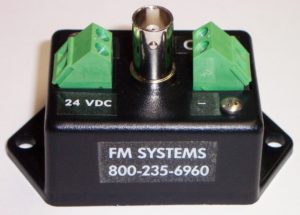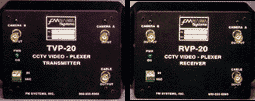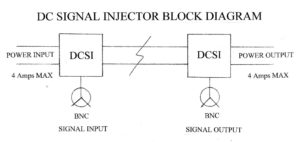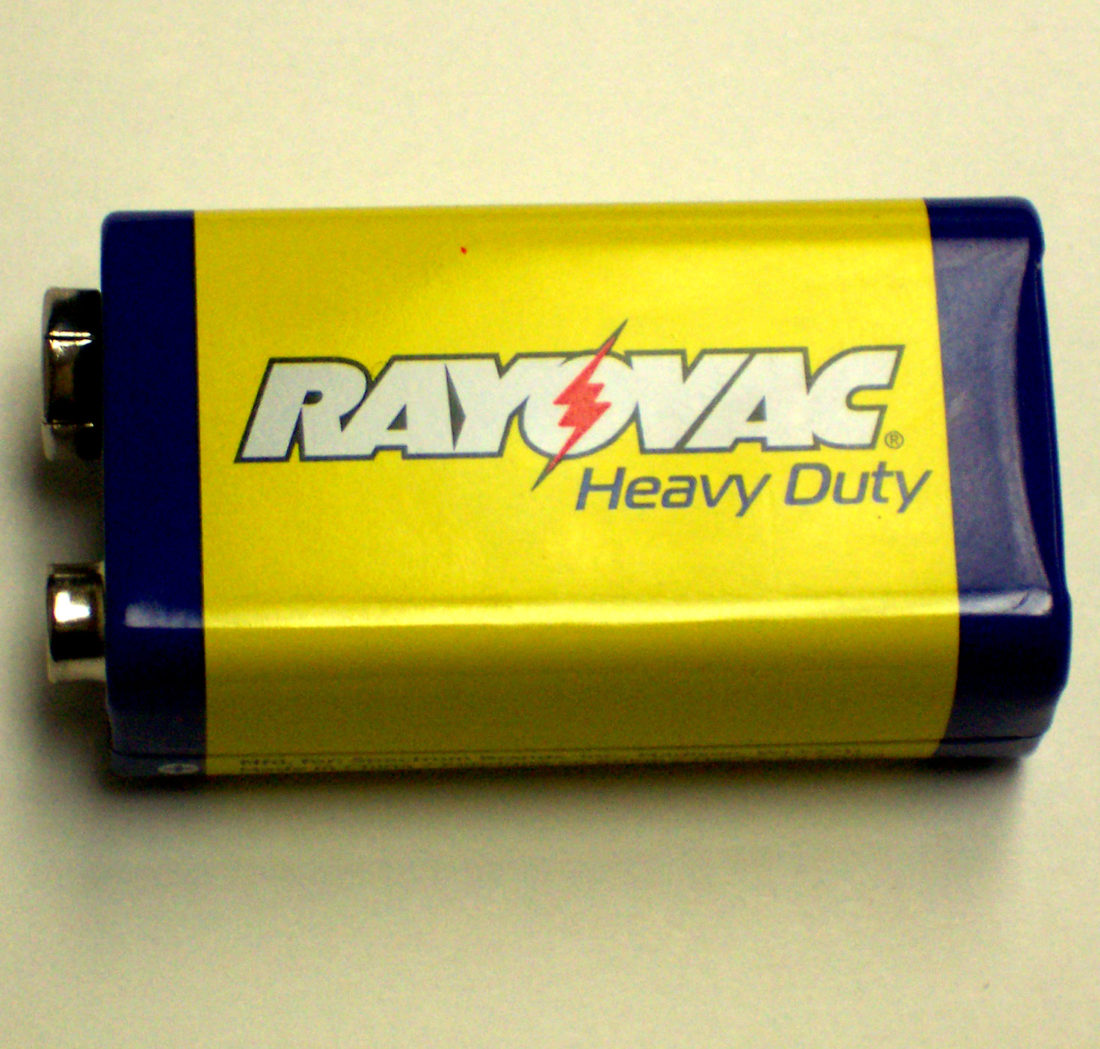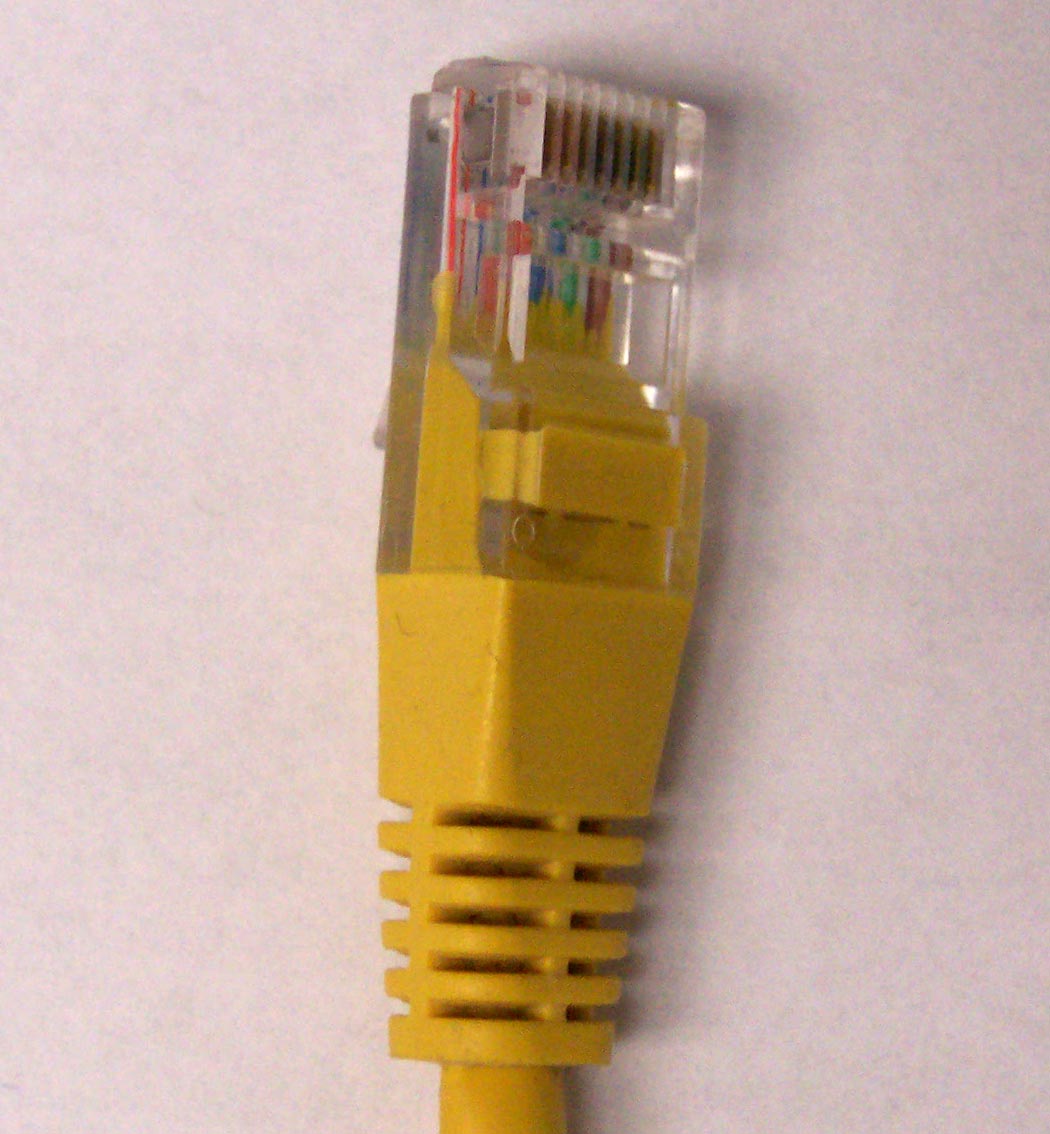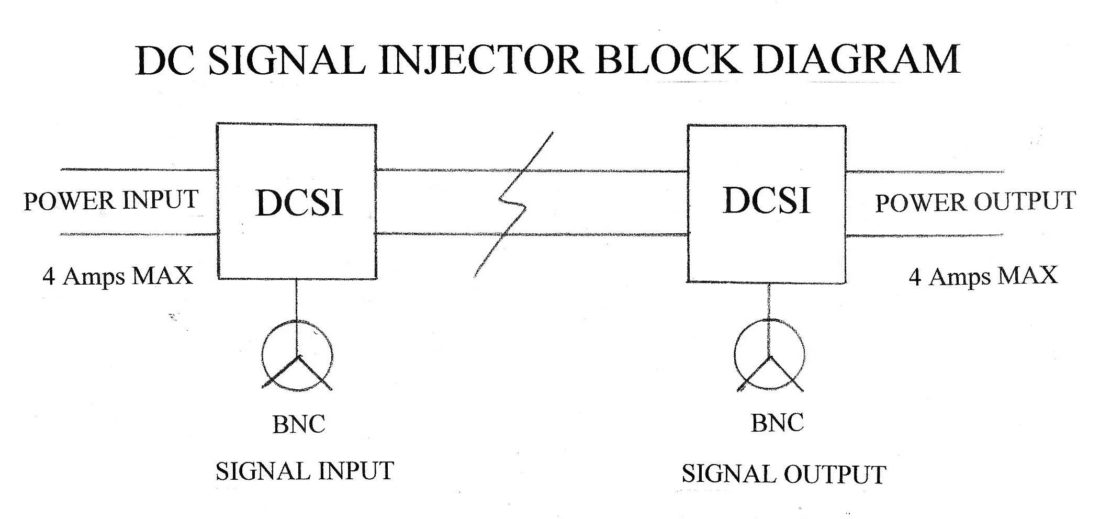
HOW TO SEND PTZ CONTROL OVER POWER WIRES
HOW TO SEND PTZ CONTROL OVER POWER WIRES
By: Don McClatchie
If you install CCTV cameras you will eventually be faced with the all to common problem of a shortage of wires to get the camera power, PTZ, and video signal returned to the monitor point. On some jobs the building might be prewired for CCTV and sometimes they forget to run enough wires to get the job done. Of course, these prewired jobs seem to always be inside the finished walls or buried underground or in some other way that makes the wire run inaccessible and costly to add on to. Or sometimes the customer will change their mind about what features they would like to have at the last minute. In any case, it leaves you with the extra work and expense of adding the required wires to get the camera up and running.
It would be useful if you could use the existing power wires for supplying the power to the camera and also send the PTZ signal to the camera or in the case of no video cable, even use the power wire to send both the power and return the video signal on the same power wires.
So why can’t you just connect the PTZ equipment directly to the power wires? Well, because if you try that you will burn out (destroy) your PTZ equipment. The DC current must first be DC blocked from flowing into the PTZ equipment or it will destroy the input circuitry inside the units at both ends of the system. After DC Blocking the current you must deal with the impedance of a power supply. Power supply impedance is normally less than 1 Ohm and with that low of an impedance it is hard to develop any kind of usable signal on the wires because the power supply acts like a dead short circuit to any signal that tries to share the power run.
To correct for that it is possible to keep the power supply impedance low but allow higher frequencies to develop signals onto the DC line. By use of a band splitting filter in line with the DC power, the AC signals can be inserted onto the DC power line and recovered at the other end of the power line. By this method both the power for the camera and the PTZ control, or the power for the camera and a video signal can co-exist on the same wire pair used to power the camera. The filter is called a DCSI-2 and it isolates the low impedance of the power supply at DC, from frequencies above 5 MHz, however as a natural consequence there must be a separation of frequency spectrum between the two signals.
Since both video camera signals and PTZ (RS422) signals have a DC component they must each be converted to a higher frequency of operation for use with this filter called the DCSI-2.
To put a PTZ (RS422) signal that is sent from the DVR to the camera you must convert the RS422 signal into an RF signal operating above 5 MHz in frequency. To do that, you would use a device called a DLT-1. This unit takes the RS422 data signal from the DVR or control equipment and converts it into an RF signal at 10 MHz for use with the DCSI filter to put the PTZ signal onto the power supply wires. Similarly, at the other end of the DC power wires a second DCSI-2 filter is installed to separate the power from the RF signal. Then a DLR-1 receiver unit is used to convert the signal back down to RS422 for use by the camera PTZ system.
To put a video signal onto the same power wire run you would use a unit called a TVP-20 that converts a video signal into an RF signal at 20 MHz that would be placed at the camera end of the power run with a DCSI -2 filter. Then an RVP-20 that converts the signal back to video would be used with another DCSI-2 filter to recover the video signal at the DVR.

This sounds like a lot of stuff, but it is only a transmitter receiver pair and two filters that allow you to use the existing DC power line to get the signal from one place to another when wires are hard to install or two costly to dig up. If you can run wires or cable then that is the best thing to do, but when it is too difficult, time consuming, or not cost effective to run wires you need to know that you have an alternative way to get the job done. To get more information on these items call: 800-235-6960. Or go to www.fmsystems-inc.com.




